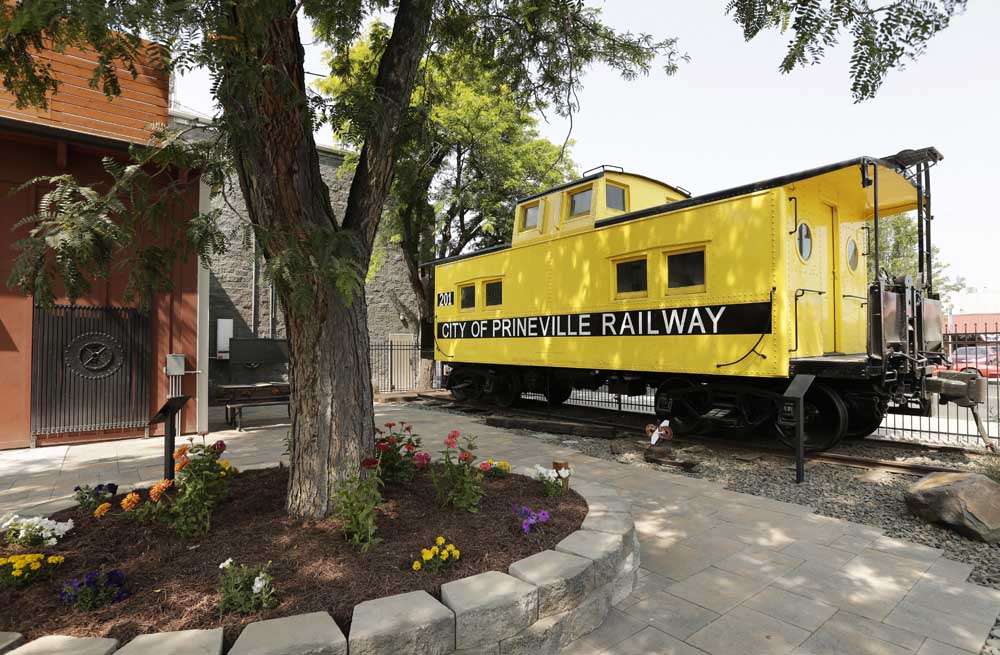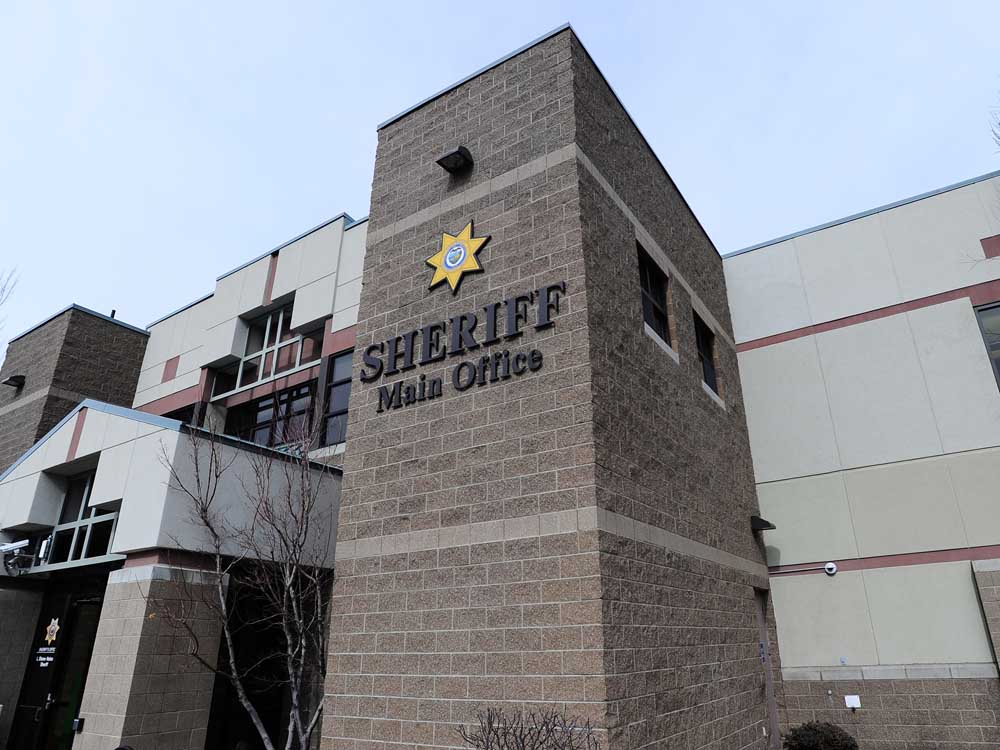Prineville and railway reach historic milestones
Published 12:00 am Friday, August 24, 2018

- RIGHT: This historic caboose is on display next to the Bowman Museum in Prineville.(Joe Kline/Bulletin photo)
Prineville and its railway are celebrating major milestones.
The first city in Central Oregon is turning 150 years old, and the railway — the oldest city-owned and operated railroad in the country — is turning 100.
Trending
To commemorate the anniversaries, the city is hosting historical re-enactments, presentations and free train rides Friday and Saturday.
Steve Lent, a historian at Prineville’s Bowman Museum, said the city was the original commercial hub of the High Desert, where goods were shipped in and out of the region by stagecoach.
“A lot of people don’t know how important Prineville was to the development of Central Oregon,” Lent said.
Prineville was settled in 1868 by Frances Barnett Prine, who opened a blacksmith shop, saloon and store. Prine was known then — and now — by his nickname: Barney.
At the time, the closest populations centers were The Dalles to the north, Canyon City to the east and communities in the Willamette Valley.
A post office opened in 1871, and the town was named Prine after the founder. It was changed to Prineville in 1872.
Trending
Barney Prine sold his property to Monroe Hodges, who ultimately platted the townsite of Prineville in 1877. The city was officially incorporated in 1880.
In the early days, Prineville was a bustling city with businesses open along First and Second streets and Main Street.
“Prineville was a major commerce center,” Lent said. “All roads came into Prineville.”
Residents at the turn of the 20th century thought Prineville would be on the route of a new railroad in the region. But the city was passed over, and a railroad was instead built in 1911 near the new city of Bend.
“It wasn’t until the railroad came in 1911 that things really started to shift from Prineville to the areas along the railroad,” Lent said.
In response to the new railroad, the Prineville City Council agreed in 1916 to construct the city’s own railway that connected to a mainline just north of Redmond.
The first freight train arrived in Prineville on Aug. 24, 1918.
“Prineville thought it would become a ghost town if it didn’t have its own railroad,” Lent said.
The Prineville Railway led to a logging boom. By 1950, five major sawmills were operating in the city. So much lumber was being shipped on the city’s railroad that for a short time in the late 1960s no city property taxes had to be collected, Lent said.
Prineville’s logging boom faded in the 1990s, and the last mill closed in 2001. Without the mills’ business, the future of the city’s railway was in jeopardy, Lent said.
But in the past few years, Prineville experienced an economic renaissance when Facebook and Apple opened data centers and Les Schwab Tire Centers became a main employer in the city.
Today, the city’s railway is regularly used by Les Schwab, Fontana Wood Products, Parr Lumber, Malheur Lumber Company, Superior Carriers, Envirotech Services, Pacific Firs, McCall Oil and the data centers.
The 18-mile shortline railway, which includes four locomotives, connects with Burlington Northern Santa Fe and Union Pacific railroads at the Prineville Junction, three miles north of Redmond.
Prineville City Manager Steve Forrester said the city’s railway is operating at a profit and running about 1,000 freight cars of goods each year.
“Our goal as a city was to bring the railroad back to profitable,” Forrester said. “We have been able to achieve that.”
The railway brings in more than $1 million in revenue annually, and operational costs are about $850,000 each year, including maintenance costs, Forrester said. The slight profit each year is used on deferred maintenance projects to keep the historic railway running, he said.
Forrester said the railway is a viable part of the local economy, and that couldn’t be said a decade ago.
“It truly is a tremendous success story,” he said.
— Reporter: 541-617-7820, kspurr@bendbulletin.com








